Photo Gallery for Isa textula - Crowned Slug Moth | 96 photos are available. Only the most recent 30 are shown.
|
 | Recorded by: G. Halloran on 2024-10-31
Wake Co.
Comment: | 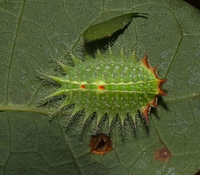 | Recorded by: David George, Stephen Dunn, Jeff Niznik on 2024-09-12
Orange Co.
Comment: |
 | Recorded by: David George, Stephen Dunn, Jeff Niznik on 2024-09-12
Orange Co.
Comment: |  | Recorded by: Stephen Dunn on 2024-09-09
Orange Co.
Comment: |
 | Recorded by: R. Newman on 2024-08-13
Carteret Co.
Comment: | 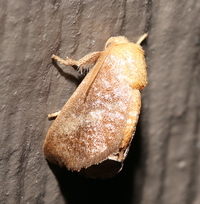 | Recorded by: David George, Jeff Niznik, Kevin Bischof on 2024-08-07
Transylvania Co.
Comment: |
 | Recorded by: David George, Jeff Niznik, Kevin Bischof on 2024-08-07
Transylvania Co.
Comment: | 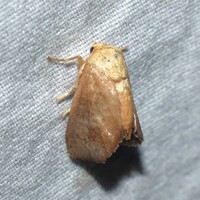 | Recorded by: David George, Jeff Niznik on 2024-08-06
Transylvania Co.
Comment: |
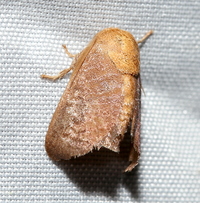 | Recorded by: David George, Jeff Niznik, Stephen Dunn on 2024-08-02
Chatham Co.
Comment: | 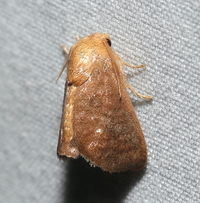 | Recorded by: David George, Jeff Niznik, Patrick Coin, Steve Hall, Carol Tingley, Tom Howard on 2024-07-27
Chatham Co.
Comment: |
 | Recorded by: David George, Jeff Niznik, Patrick Coin, Steve Hall, Carol Tingley, Tom Howard on 2024-07-27
Chatham Co.
Comment: |  | Recorded by: David George on 2024-07-15
Chatham Co.
Comment: |
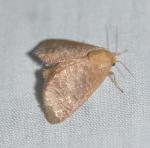 | Recorded by: K. Bischof on 2024-07-11
Transylvania Co.
Comment: | 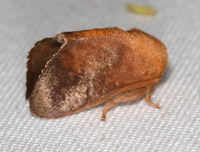 | Recorded by: Jim Petranka on 2024-07-09
Madison Co.
Comment: |
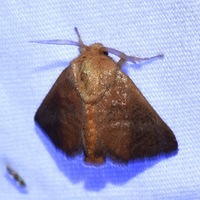 | Recorded by: David George, Jeff Niznik, Stephen Dunn on 2024-06-29
Chatham Co.
Comment: |  | Recorded by: Emily Stanley on 2024-06-23
Buncombe Co.
Comment: |
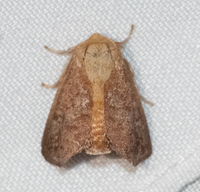 | Recorded by: Emily Stanley on 2024-06-23
Buncombe Co.
Comment: | 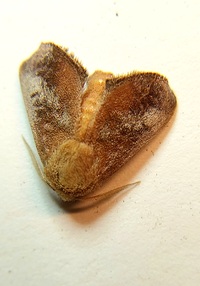 | Recorded by: Mark Basinger on 2024-04-28
Brunswick Co.
Comment: |
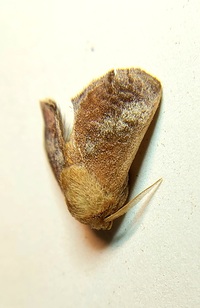 | Recorded by: Mark Basinger on 2024-04-28
Brunswick Co.
Comment: | 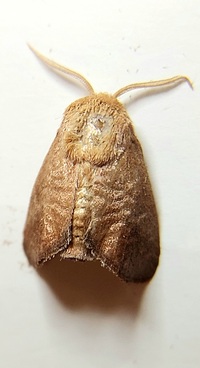 | Recorded by: Mark Basinger on 2024-04-27
Brunswick Co.
Comment: |
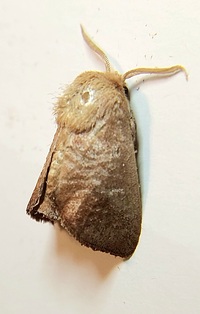 | Recorded by: Mark Basinger on 2024-04-27
Brunswick Co.
Comment: |  | Recorded by: David George, Jeff Niznik, Rich Teper on 2024-04-17
New Hanover Co.
Comment: |
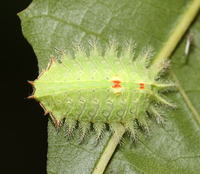 | Recorded by: David George, Stephen Dunn, Jeff Niznik, Larry Chen on 2023-10-28
Orange Co.
Comment: | 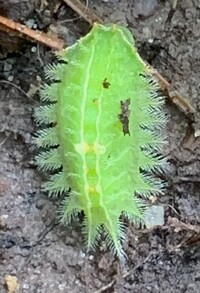 | Recorded by: T Jaye on 2023-10-14
Buncombe Co.
Comment: |
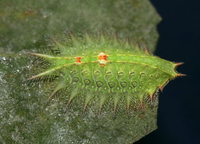 | Recorded by: David George, Stephen Dunn, Jeff Niznik on 2023-10-06
Orange Co.
Comment: |  | Recorded by: Stephen Dunn on 2023-09-28
Orange Co.
Comment: |
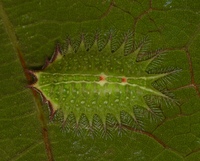 | Recorded by: Stephen Dunn on 2023-09-19
Orange Co.
Comment: | 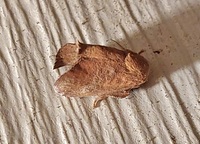 | Recorded by: Mark Basinger on 2023-09-03
Brunswick Co.
Comment: |
 | Recorded by: Mark Basinger on 2023-09-03
Brunswick Co.
Comment: |  | Recorded by: R. Newman on 2023-08-19
Carteret Co.
Comment: |
|